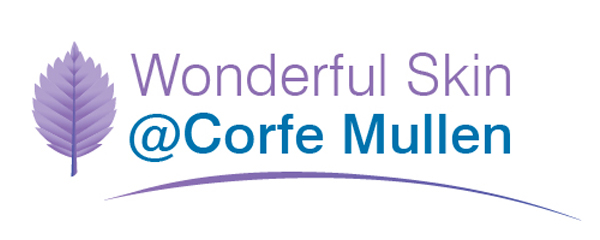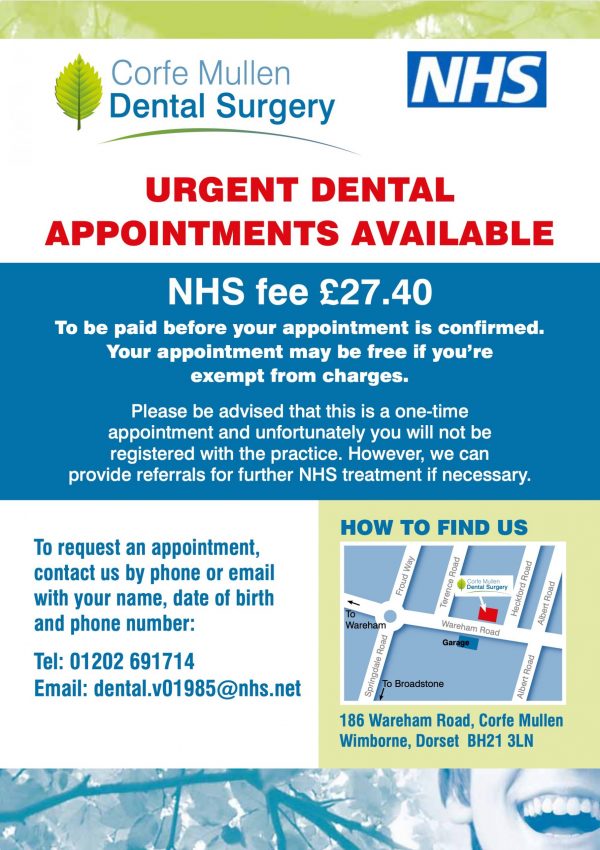Teeth Whitening
What to expect prior to and during your bleaching treatment
What happens at my dental appointment?
At your first appointment, you will have impressions taken to construct your own custom-made bleaching trays. These trays are like very thin mouth guards that slip over the teeth and gums. It takes two weeks for the bleaching trays to be constructed. Your Dentist will give you a bleaching kit to take home with you together with your surgery-constructed bleaching trays. It is essential that you follow the instructions given by your Dentist and the manufacturer’s instructions in wearing the trays and applying the bleaching agent.
How long should I wear the trays for?
This depends on the amount of lightening that you desire and the original shade of the teeth. If your teeth are quite dark or very yellow/grey/tetracycline-stained, it will take longer to bleach the teeth.
- Place a small drop of gel into every compartment of the tray for the teeth undergoing treatment.
- Seat the tray, with the gel around the teeth.
- It is very important to remove all the excess material around the gums or the palate.
- After treatment, remove tray and rinse tray and mouth with water, brush teeth.
The darker your teeth, the longer your teeth will take to get lighter. Tetracycline-stained teeth can take six months or up to one year to bleach. Some teeth can whiten after one month. If you cannot wear the trays for a few days because of your hectic schedule, it does not matter. Bleach your teeth according to your own schedule. Some people put the trays in after dinner and wear them for the first hour while watching TV or doing the dishes. Then if everything is fine, they replenish the trays again later.
Hydrogen peroxide can either be worn for 30 minutes twice a day or for 45 minutes once a day. The solution stops working after 45 minutes so leaving it in longer will be of no use.
What do I do if I have any sensitivity?
Sensitivity of the teeth is the most common side effect of home bleaching. In fact, many patients suffer from sensitive teeth anyway. This occurs usually around the necks of the teeth where the gums have receded. If you are experiencing any sensitivity you should stop bleaching your teeth for a few days. You can resume after about three to four days. If the teeth become ultra-sensitive, you can place a sensitive toothpaste onto the bleaching trays for an hour a day; that will usually stop the sensitivity. Alternatively, you can rub the sensitising toothpaste into the gum margins with your fingers five times per day for a few days. If you are at all concerned please call your Dentist.
What happens if the teeth do not bleach evenly?
If the teeth have white spots on them before bleaching, these spots will appear whiter during the first few days. However, the contrast between the spots and the rest of the tooth will be less and eventually they will not be noticeable. You may notice new white spots occurring on the teeth while you are undertaking the bleaching treatment. These white spots were already present on the teeth before bleaching; as the teeth become lighter, they become more visible. Do not worry. As the whole tooth itself becomes lighter these spots will fade. You may notice these white spots immediately after a bleaching session or in the morning if you have been wearing the trays for the whole night. Some teeth may appear banded with lighter/whiter areas. Again, these bandings are originally present on the tooth. As the tooth is dark, these bandings are not obvious. As the tooth becomes lighter, the lighter part of the tooth will lighten first followed by the darker banded area. After a week or so, these will not be noticeable any more.
How will my teeth feel?
Normally the teeth feel very clean after the bleaching procedure. The bleaching materials also have an indirect effect on the gums by helping them to heal or improving the health of the gums. This is how the technique was invented as it was first used to heal gum irritation during orthodontic treatment.
What about my smile?
Your smile will appear brighter as a bonus. It is very rare, but sometimes teeth do not lighten at all. If this happens and you are wearing the bleaching trays as recommended, you may need to try a different bleaching product or a slightly higher concentration of the bleaching material. Discuss this with your Dentist. If you have white fillings in the front teeth that match the existing shade of your teeth before you bleach your teeth, they may not match the teeth afterwards. This is because your teeth can lighten, but the fillings do not lighten. When the desired colour has been achieved, the Dentist can replace these fillings with a lighter shade of filling material to match the new shade of your teeth. Normally the Dentist will wait a week before changing the fillings.
How long does the bleaching last? Will I have to bleach my teeth again?
Normally the new white colour of your teeth keeps quite well. The effect is dependent on what has caused the teeth to discolour in the first place. If you drink lots of coffee, red wine, cola drinks the effect may darken slightly. Some patients do a top-up treatment after three to four years. Some patients do not need to.
Does bleaching harm the teeth or gums?
Safety studies have shown that bleaching teeth using the Dentist prescribed bleaching technique is perfectly safe on the teeth, cheeks, gum and tissue of the mouth. Bleaching the teeth with the dentist prescribed kits has the equivalent impact of drinking one soda drink. The bleaching material is pH neutral. There are problems with the bleaching kits that are purchased over the counter. Although they are inexpensive, they normally contain an acid rinse, which can damage the teeth or thin down the enamel of the teeth. This acid rinse can be extremely harmful to the teeth. There was a case where a patient purchased the kit over the counter and bleached the teeth. The teeth became darker and the patient continued over-using the treatment. This was because the acid rinse had worn the enamel away and the darker shade was the dentine that was exposed. It is not advisable to bleach your teeth if you smoke. It is best to stop smoking for at least three weeks before commencing the bleaching procedure. Smoking causes the teeth to darken anyway and the effects will be diminished. The technique of bleaching teeth is not for everybody. There are some situations where bleaching teeth is not appropriate such as where the front teeth are already crowned or where there are very large fillings on the front teeth or where the teeth are already excessively worn and there is tooth surface loss. The most ideal situation for bleaching is where there is not much wrong with the teeth except for the colour which has become more yellow with age.
Post whitening care instructions
The next 48 hours are important in enhancing and maximizing your whitening results for a long lasting, bright and healthy smile.
For the next 48 hours, dark staining substances should be avoided, such as:
Coffee and/or tea, Cola, Berry pie
Tobacco products, red wine, red sauces
Mustard or ketchup, soy sauce
Additional ways to maintain your sparkling smile:
- Avoid staining-related products.
- Use an automated toothbrush.
- Seek regular professional dental hygiene care to maintain oral health, keep staining to a minimum and determine the need for whitening touch-ups.
- Practice good oral hygiene including care to maintain thorough tooth brushing, flossing to remove debris from between the teeth and tongue cleaning. Your dental professional will assist you in selecting the products to maintain not only a white smile, but a healthy one as well.


